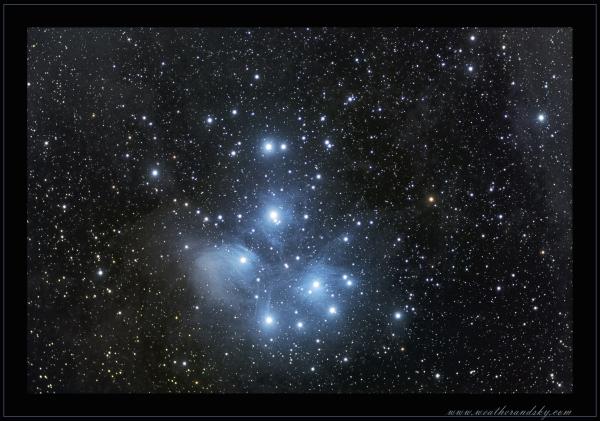Thursday had an absolutely spectacular night sky. Even with the bit of light pollution in Grimsby, the Milky Way certainly was a fine sight to behold. Anyway that night was also my big chance to test out this nice little dedicated astro camera before the weather turned bad.
The technical Specs: http://www.qhyccd.com/QHY8.html
A nice review on it http://www.iceinspace.com.au/index.php?id=93,489,0,0,1,0
After taking the image below I am starting to realize that it is a really amazing camera for the price (well before the CAN dollar dropped) and is so much more sensitive and has way less noise than my
Canon 40D DSLR. The image below is a collection of 5min frames totalling 4hrs from home (orange zone/mag5.5- 5.7) I tried to stretch the image enough to show some of the really faint dark nebulousity. I also didn’t have to do any noise reduction. My previous attempt at imaging this target was with my 40D from Cherry Springs dark site in PA (same 4hrs total) and I could not get this much nebulousity without having to fight a tremendous amount of noise and banding.
Larger version is here with all the details and size options on the right side.
http://www.weatherandsky.com/main.php?g2_view=core.ShowItem&g2_itemId=2203&g2_imageViewsIndex=2

I acquired the image in Maxim and stacked lights, flats and bias frames with Deep Sky Stacker (no darks were used). Guided with PHD. Ultimately I’ll be trying to do everything in Maxim except for post processing which I do in PS.
KerryLH
